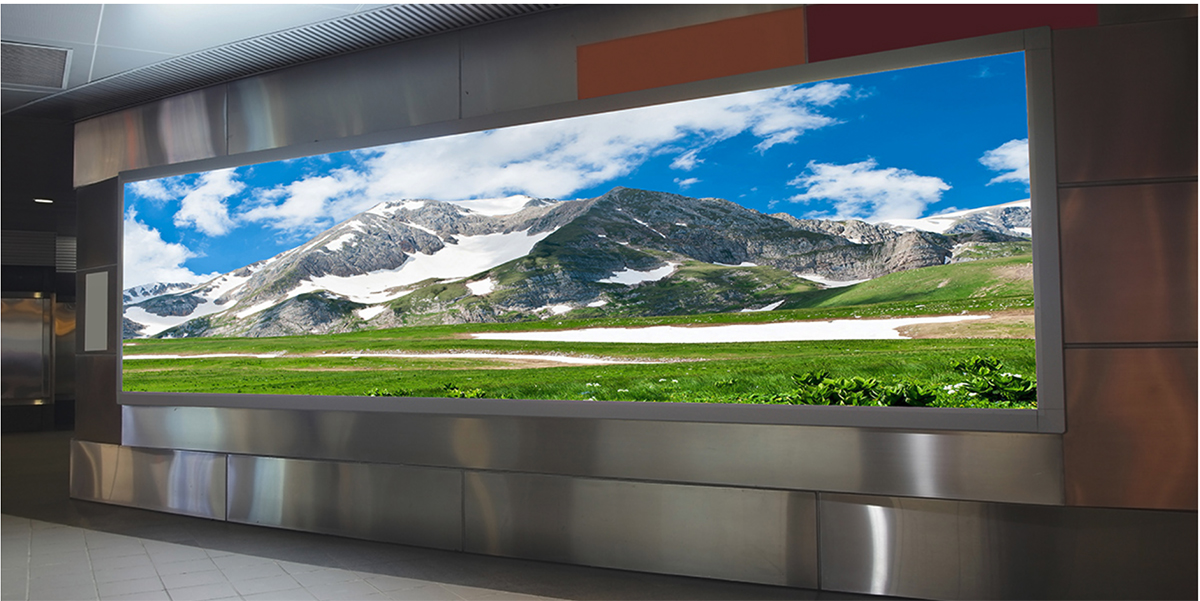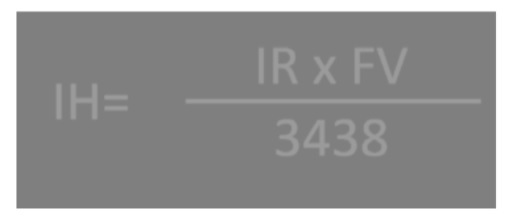It can be said that without a good source, a digital display becomes secondary. We can say that with poor signal distribution, the images do not “transport” properly and lack integrity. And we can say without bandwidth, those mysterious images on the network or in the cloud arrive late or cannot even be seen.
Everything in a commercial AV system is critical to the success that we (hopefully) see on screen, but suffice it to say, the display is the culmination of all that goes into it. If we accept this premise, then the selection of a display appropriate for the environment and the viewer is of paramount importance.
The key words here are appropriate, environment, and viewer. Let’s explore this from a design perspective.
One thing to get out of the way are the display technologies at our disposal.
Not to play the “back in the day” game with you, but back in the day we only had one type of display technology and that was projection. Lumen light output was 400 at best and screen technology did little to help us out but it is what we had to work with, and as designers we did.
Many of us lived through the evolution of lumen light output to something more useable (3,000 +) and even more of us lived through the early days of flat panel displays as we evolved from plasma to LCD and more recently variations of OLED. Of course today is the dawning of the age of fine pitch dvLED.
The point is that today we have a plethora of excellent display technologies at our disposal. The more elemental question is: how we are utilizing those technologies in our system designs?.
Each of the display technologies today can produce excellent images in the right environments. I suggest that selecting the appropriate display is dependent upon the environment, the viewer and yes, the budget.
I have found a disturbing tendency or maybe just a bad habit on the part of some.
This is the tendency to take the path of least resistance and simply put in a flat panel display and call it good enough all too often irrespective of the viewer.
It fits, so just hang it on the wall or suspend it from the ceiling and call it a day. It may be fine for the physical environment and ease of installation but perhaps not ideal for the viewers. This is where image size comes into play.
Sitting in my home office I have a 75” flat panel on the wall. I am 12 feet from it, and this is a “perfect” size for me. I got to thinking about the screen size I would need in a typical office meeting space if I were 20 or 30 feet from the screen.
We could use the old 4/6/8 rule of thumb for image size, but back in mid-2016, InfoComm did us a favor and published a new standard to set ANSI specifications for screen sizing based on viewing distance. It is called Display Image Size for 2D Content in Audiovisual Systems (DISCAS) V202.01:2016.
The goal of DISCAS was to create a scientific standard and formulae, based on human vision, to calculate the screen size for a project specific audiovisual system based on audience viewing distance and the viewing criteria. To define the maximum viewing distance, DISCAS is based on two viewing categories, relating to how the system will be utilized. There is basic decision making (BDM) and analytical decision making (ADM).
For those who want all the details I suggest you get a copy of the ANSI standard but for this article I will focus on ADM. My rationale is simple. If you have both BDM and ADM requirements your designs should use the ADM formula.
The DISCAS task group gave us a formula to use. It is Image Height equals Image Resolution times the Farthest Viewer, then divided by the ADM acuity factor of 3438. Some brilliant math minds (you know who you are) calculated the visual acuity factor based on 20/20 vision.
To help understand DISCAS further, let’s use it for a hypothetical conference room.
Based on architectural drawings we know the dimensions of the room and the viewing distances. This will let us know how large a display we should specify for the environment. Let’s presume this room is going to be used for viewing detailed images (spreadsheets, drawings, photos, etc.) thus it would fall under Analytical Decision Making. In our example the proposed display will be 1080P in resolution, due to budget concerns.
This means that we know our vertical resolution to be 1080. We also know in our example that the farthest viewer is 22’ away from the wall where the display will be installed. With the ADM formula above this means our screen must be at least 6.91’ high for proper viewing. This is 14.1’ diagonal for 16:9 or about 168”!
I hear you all say that the environment may not accept a screen that large.
Yes of course and there certainly are other factors such as ceiling height, viewer positions, and ambient light to consider in the design. Of course the final design needs to consider all the factors but from a pure visual acuity perspective the screen needs to be as close as possible to what the formula tells us.
What we do know is that a 98” flat panel is not big enough. This means we should consider projection or budget allowing, dvLED. Now the three big factors become resolution, ambient light, and price.
The tendency that I spoke about earlier is to discount projection out of hand and specify a flat panel.
Flat panels are great but if you need a display that is designed to provide a variable image over 98” (the current limitations of a flat panel) then projection is an affordable alternative to the more expensive dvLED.
Projection has evolved with higher lumen light output, solid state illumination and ambient light rejecting screens (ALR) that address many of the high ambient light concerns. Also with projection you pay for the resolution you need.
Believe it or not there are a lot of 1024×768 projectors still sold and options for 1080 and 4K commonly available with 8K no longer just a dream. Take the room and the viewing distance into consideration and use a projector with a zoom lens and a properly sized screen for as near a perfect fit as you can get. It does not have to be 65”, 75” 86” or 98” unless they are the best fit for your design and application.
The fact is that with the advent of larger flat panel displays, many in AV design have been unwittingly under sizing images and not paying enough attention to viewer distances in terms of readability and what I call the “real estate” on a screen.
You can take a smaller screen and zoom out an image or a font, but this negates the real estate where ancillary information on a screen may need to be seen all at once. The point of this article is to place a stake in the ground that display size matters. If a flat panel works then use it.
If the image is above 98” then consider projection or dvLED if the budget permits. This all boils down to what we preach in the industry as good design. By showing our end users what we know and why we know it, this adds value, your value and they will come back for more.











